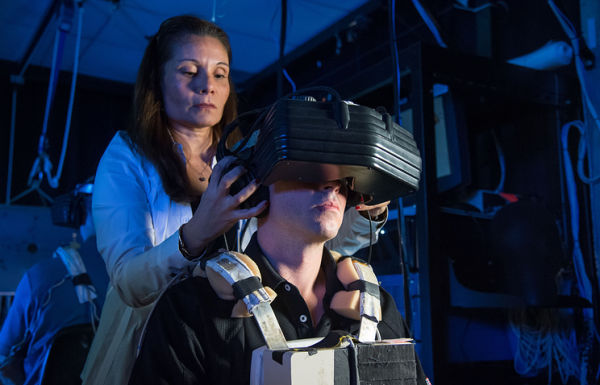The global virtual reality (VR) market will grow by an average of 51.1% (CAGR) annually and will exceed $ 100 billion by 2026. This forecast was announced in the research company ResearchAndMarkets.
We are talking about spending on equipment, applications and services that provide immersion in virtual reality. The study says that sales of VR devices with gesture recognition will increase by about 53.3% per year and will amount to $ 11.4 billion by 2026.
It is expected that almost a quarter of the global VR market in 2026 will be in the United States - where the cost of related products and technologies will be measured at $ 23.2 billion, which will largely contribute to the equipment segment.
According to experts, the market for VR solutions will grow due to a number of factors, including the growing popularity of immersive projects, an increase in the number of scenarios for using VR technology and the integration of virtual reality capabilities with various devices.
Among the positive factors, the researchers also attributed the increased availability of VR devices and components for them and the use of equipment for corporate and industrial tasks, as well as for training and simulation.
Analysts also list several barriers that hinder the development of the VR market: the high cost of a fully immersive VR environment, the high energy consumption of such equipment, the adverse impact of VR on the health of users, and the complexity of development.
IDC analysts expect the global market for virtual and augmented reality hardware, software, and services to grow to $ 72.8 billion in 2024 from $ 12 billion in 2020. The average annual growth rate of this market will be 54%.
According to the research company Counterpoint Technology Market Research, the market for extended Reality (XR) devices, which includes helmets and headsets of virtual and augmented reality (VR/AR), in 2020 showed a decline of 9%, which was not as strong as analysts expected.
The market in question ended the year with better results than predicted, largely due to strong demand for the Oculus Quest 2 VR system in the New Year's eve season. This model helped Oculus take more than half (53%) of the global XR device market by the end of 2020, compared to 44% a year earlier. The top three also included Sony (11.9%) and HTC (5.7%).

